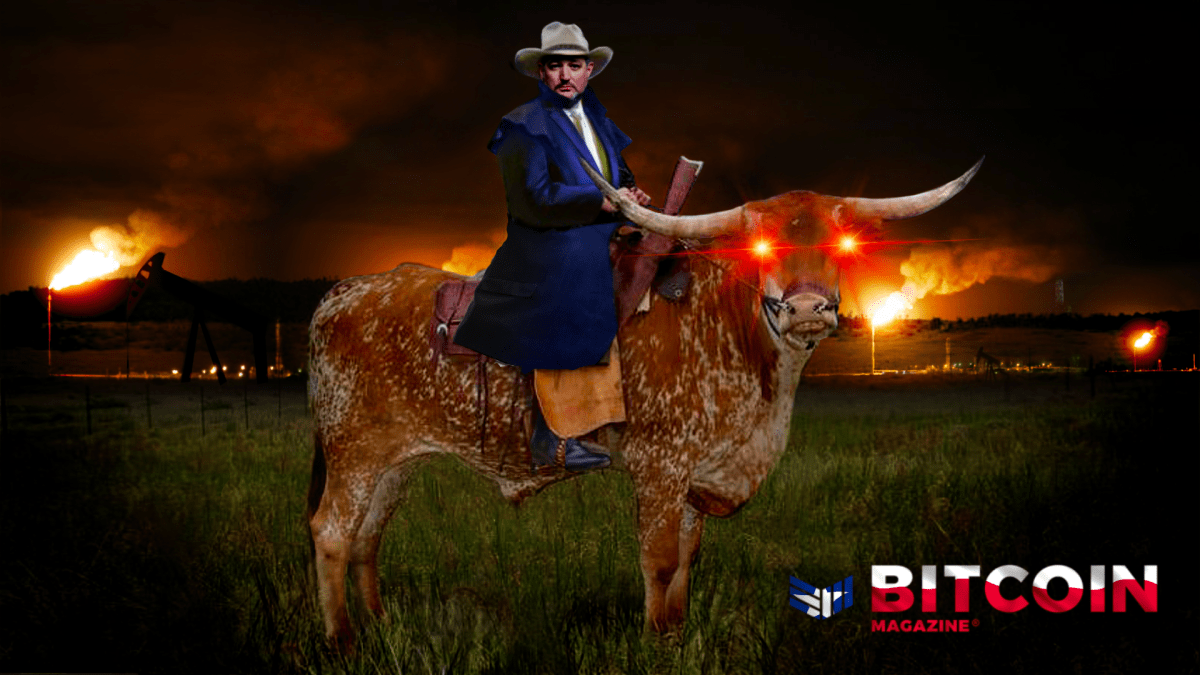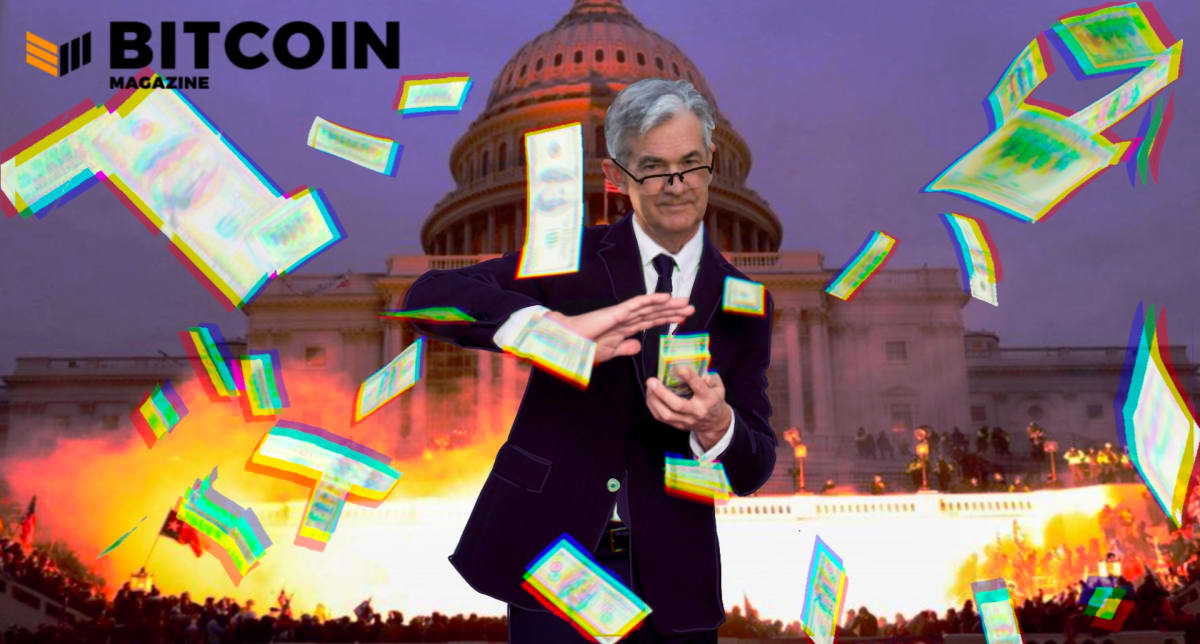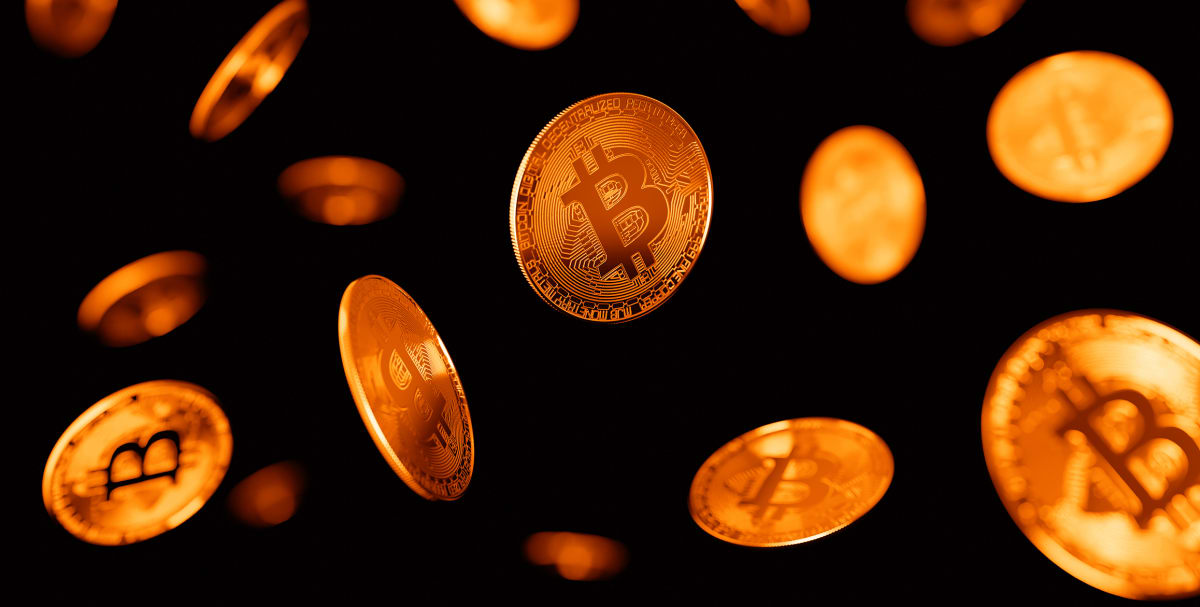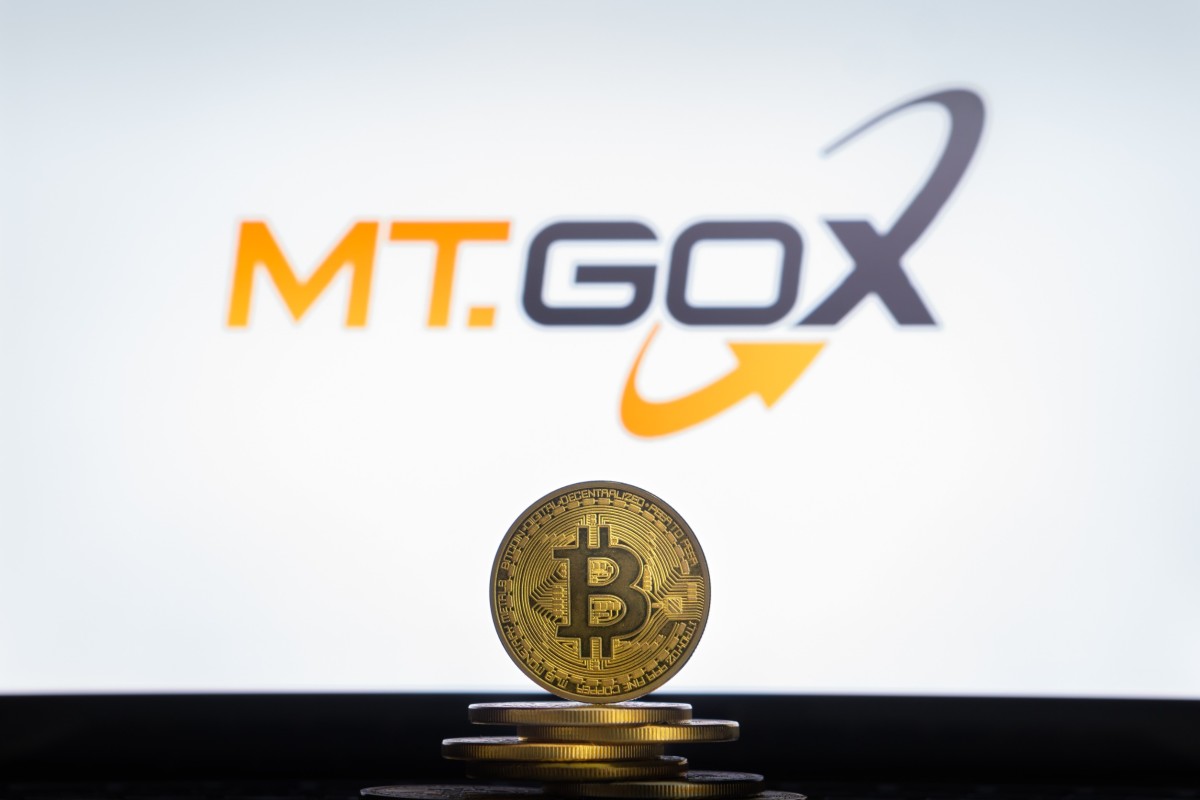The Art Of The HODL
The HODL meme transcends digital jokery and insulates Bitcoiners through the power of community belief.
HODL
/ho-dl/ (verb)
1. To hold onto something [bitcoin] tightly with no intention of letting it go
2. To hold on for dear life
Origin: Misspelling of the word hold on a 2013 bitcointalk.org post
Like many great memes, HODL was immaculately conceived. It was not engineered, brainstormed, or planned. It sprung suddenly into existence on December 18th, 2013. In a span of 24 hours, the price of bitcoin had fallen 39%, from above $700 to under $500. Then, at 10:03 UTC, a Bitcointalk.org user by the name of GameKyuubi, infused with emotion and whiskey, published a post titled “I AM HODLING”:
“I type d that tyitle twice because I knew it was wrong the first time. Still wrong. w/e. BTC crashing WHY AM I HOLDING? I’LL TELL YOU WHY. It’s because I’m a bad trader and I KNOW I’M A BAD TRADER… You only sell in a bear market if you are a good day trader or an illusioned noob. The people inbetween hold. In a zero-sum game such as this, traders can only take your money if you sell.”
Little did GameKyuubi know at the time, but he had just coined a new term and planted the seed for one of the most powerful Bitcoin memes to date. At 10:14 UTC, 11 minutes after the original post, user piramida posted this graphic:

And the rest, as they say, is history.
What Is A Meme?
“Who controls the memes controls the universe.” – Elon Musk
To fully appreciate the significance of HODL, it is first necessary to understand the significance of memes. When most people think of memes, they probably think of images with funny captions:

While this is certainly a type of meme, memes do not necessarily need to be funny, nor do they need to be images. Google defines meme as “an element of a culture or system of behavior that may be considered to be passed from one individual to another by nongenetic means, especially imitation.”
Although the term “meme” was only recently coined in 1976 by Richard Dawkins, its roots go back thousands of years. Meme comes from the Ancient Greek word mīmēma, which means ‘imitated thing,’ and was designed to resemble the word gene.
The late ethnobotanist Terrence McKenna spoke abundantly of memes to live audiences during the 1990s;
“What a gene is to biology, a meme is to ideology… Launch your meme boldly and see if it will replicate—just like genes replicate, and infect, and move into the organism of society. And, believing as I do that society operates on a kind of biological economy, then I believe these memes are the key to societal evolution,” – Terrance McKenna
Read that quote again and again, until the idea that memes are only silly internet posts is erased from your mind. Everyone understands the significance of genes in the world of biology. Yet, few understand the significance that memes play in the world of ideas.
McKenna’s above definition of meme is the most eloquent I have seen. Analogies and metaphors convey information in a way that standard descriptions cannot. To my knowledge, the precision of the gene–meme analogy is unmatched.
If I may offer my own analogy to compliment McKenna’s: in many ways, memes are like inside jokes. Memes that are created within a specific community (such as the Bitcoin community) may seem unintelligible to those outside the community. Few understand the significance that NgU technology has on a stack of 6.15 bitcoin. Either you understood the previous sentence, or you felt like you were reading gibberish. If you did not understand it, you likely feel inclined to figure out what it means. No one likes to feel like they haven’t been let in on an inside joke. This is how memes spread, and this is why memes are especially powerful in the world of Bitcoin.
For further reading on the intersection between memes and Bitcoin, I highly recommend reading this post by SEANSTACKN.
Now, back to the meme at hand: HODL!

HODL As A Philosophy
So far, we have discussed the etymology of “hodl” as well as the under-appreciated influence that memes have on our culture.
When it comes to defining HODL, a traditional dictionary definition is insufficient. In its most basic sense, “to hodl” means “to hold.” But hodl is more than just a simple misspelling of hold. In the 7 years since it was born, HODL has accrued deep meaning within the Bitcoin community.
“If a picture is worth a thousand words, a meme is worth ten thousand.” – Elon Musk
Being a bitcoin holder and being a bitcoin HODLer are not the same thing. All HODLers are holders, but not all holders are HODLers. There are distinct qualities that distinguish the HODLer from the mere holder. The HODLer has laser-like focus, low time preference, and most of all, conviction.
Focus

To HODL is to have a clear mind. Whereas the trader spends his time trying to find “the next bitcoin,” the HODLer focuses on whatever his true mission in life is. It might be building a next-gen Bitcoin application, like Strike by Jack Mallers. It might be paving the way for institutional adoption of Bitcoin, like Michael Saylor. The mission of a HODLer might be educating the world on the principles of sound money, like Saifedean Ammous. It might be memeing hyperbitcoinization into existence, like the countless plebs on Bitcoin Twitter. Or it might just be casually stacking and focusing on a goal completely unrelated to Bitcoin.
The common thread between the pleb and gigachad hodlers is focus. They do not spend their time worrying about China banning Bitcoin for the 17th time, or whether or not an irrelevant stablecoin is fully backed by dollars. They focus their time on what is important: transitioning the world to a Bitcoin standard.
Low Time Preference

To HODL is to have low time preference. Elucidated in the Bitcoin world by Saifedean in his must-read book, The Bitcoin Standard, low time preference is all about delaying gratification. Time is mankind’s scarcest resource. Therefore, by default, the present is valued more highly than the future, as the future may never come. However, when humans lower their time preference (i.e., value the future more than the present), amazing things can happen. Technology, infrastructure, and businesses can only be built by lowering one’s time preference. Modern civilization is a product of our ancestors’ choice to delay current consumption for a brighter future.
The act of HODLing is the ultimate display of low time preference. For most people, the urge to spend newfound wealth is too great. Lamborghinis, exotic vacations, and diamond-laced watches are the norm. However, the HODLer makes the conscious decision to ignore the noise, delay their gratification, and resist showing off their wealth to the world.
The HODLer is not concerned with getting rich quick. The HODLer is focused on becoming wealthy slowly. The HODLer understands the magnitude of the concept of 21 million bitcoin. As Greg Foss, the Canadian all-star Twitter pleb, often says: This is not a drill. The HODLer does not care about DigiByte pumping 30% in the past 12 hours, or about the prospects of putting bananas on the blockchain. The HODLer is focused on making the future as bright and orange as possible.
Conviction

Above all, to HODL is to have conviction.
This conviction is not necessarily in Bitcoin, but in oneself. The HODLer’s ears have grown numb from hearing things like “Bitcoin is a bubble,” “You should diversify,” “Buy my shitcoin,” “Bitcoin will be banned,” “You should take profits,” and “Bitcoin has no intrinsic value!” I could go on. We’ve heard it all. Without a solid foundation of confidence in one’s skills of discernment and judgement, the temptation to give in and sell may prove too strong.
To HODL is not to have a closed mind. Quite the contrary. The HODLer welcomes FUD (fear, uncertainty, and doubt). The emergence of new FUD provides an opportunity to strengthen their conviction. It can also mean cheaper coins, something the HODLer welcomes with open arms.
The HODLer is not born but made. Strong hands are usually the fruit not of good genetics but of bad decisions. The reason most HODLers choose not to part with their bitcoin is because they’ve made that unfortunate error in the past and have vowed not to repeat it.
The sacrifice of Greg Schoen is always fresh in the mind of the HODLer:
Escaping The Matrix
In the beginning, HODLing requires discipline. However, over time, the foundation hardens, the roots anchor, and the hands strengthen. The longer one HODLs, the easier the HODLing becomes. To those who have endured an 85% drawdown and lived to tell the tale, HODLing becomes second nature.
The question most asked of HODLers is this: “Surely you can’t hold bitcoin forever… At what price will you finally sell?” To answer this question, the HODLer need not mutter a word. Like many questions in life, the memes hold the answers:

This is a guest post by Bob Simon. Opinions expressed are entirely their own and do not necessarily reflect those of BTC, Inc. or Bitcoin Magazine.









